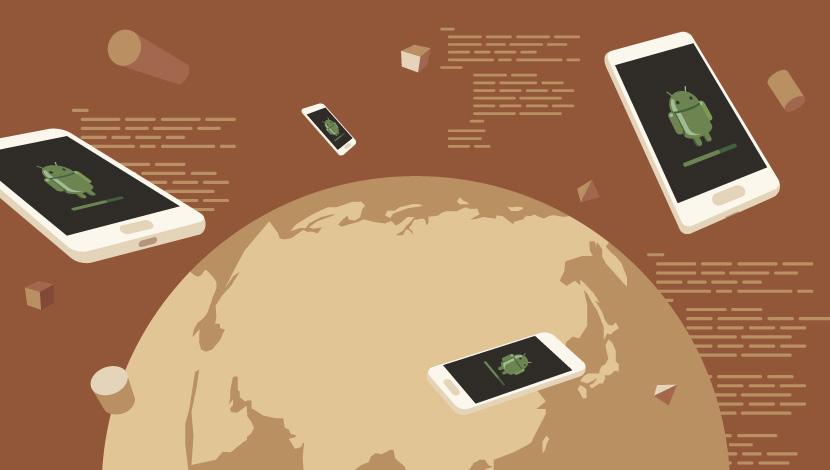With over 80% of mobile OS market share worldwide, Android development is far and away the dominant force in building apps. And with Android developer salaries frequently exceeding 100K per year, it’s an attractive career path for many young developers.
But the world of technology changes at the speed of light, and today’s hot new tech seems to become obsolete in the blink of an eye. So smart programmers commit to a lifetime of learning—to stay relevant and, ideally, keep ahead of the curve. They’re always looking at trends in software development as well as in the overall market (in other words, how people are actually using the software). And they’re taking action now—so that, when things inevitably change in a few years, they’re ready.
With all that in mind, in this article we’re going to preview some of the top trends in Android development. Some of these may already be in use now, while others are a bit farther out on the horizon. But all of them are promising avenues of study for Android developers with one eye on the future.

